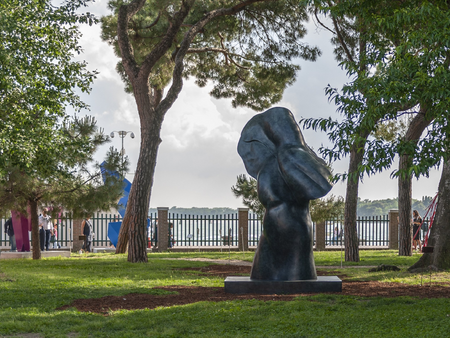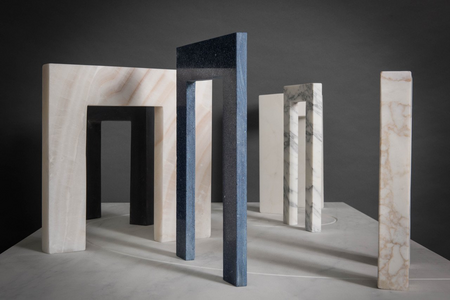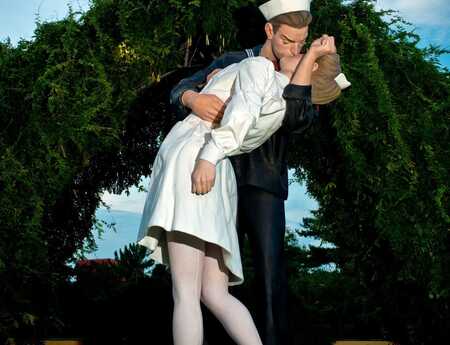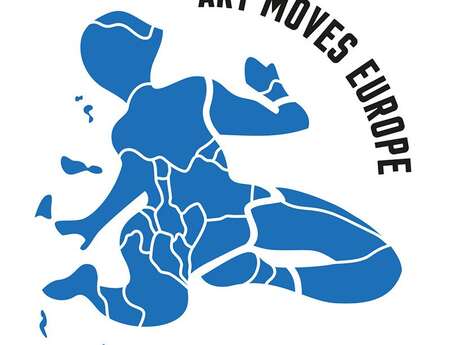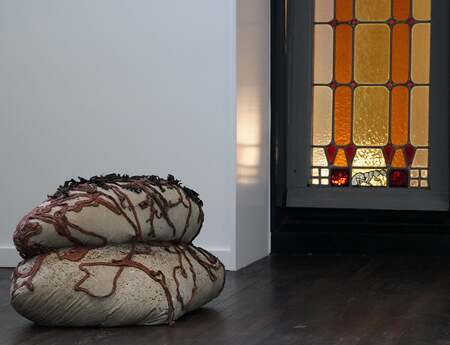Time, Space, Existence - when man crosses boundaries
SAVE THE DATE! Until 25 November 2018, the 4th edition of architecture exhibition TIME - SPACE - EXISTENCE, held every two years, will take place in Venice. Initiated by the European Cultural Centre Italy, the broad spectrum of works by architects, photographers, sculptors and universities from all over the world can be admired at 3 different locations. Including works by 4 sculpture network members!
Time, space and existence are the buzzwords of an exhibition that particularly aims to raise awareness of philosophical themes in contemporary art, architecture and culture. In addition to models, concepts and research results, thoughts, dreams and ideas from international universities, architectural offices, architectural photography and sculpture will also be presented. The exhibitors could hardly be more different: in addition to their diverse cultural backgrounds, the different career stages also contrast the participants with each other. Only their commitment to architecture - in the broadest sense of their profession - is common to them. "Our goal is to go beyond our geographical borders. Borders [...] must be crossed in order to further develop us as human beings, in order to understand who we are," is how the event organiser ECC-Italy describes it. The exhibition is intended to "stimulate a conscious relationship between the viewer and his daily environment, with the intention of raising awareness of the fact that one has always been influenced in one's own personal existence as a human being by a specific culture in space and time".
Aims of the exhibition
The aim of the exhibition TIME-SPACE-EXISTENCE is it to create a dialogue between current developments. Classical architectural concepts are set against artistic elements on site. International universities present their research projects. In addition, lectures and conferences by professors, students and researchers, in cooperation with the European Academy of Culture, enrich the exchange of ideas on future developments in architecture. An absolute highlight of this year's architecture exhibition is the presentation of the Young Talent Architecture Award (YTAA) by the Mies van der Rohe Foundation. "Ludwig Mies van der Rohe (1886-1969) was an iconic architect whose legacy still shapes the world today. Born in Europe, he emigrated and spent his professional life in the United States, where his work developed beyond the dialogue between freedom, simplicity and clarity, which is why he is still regarded as a pioneer of modern architecture today. [...] The YTAA aims to honour the talent of recently graduated architects who will be responsible for changing our environment in the future. Out of an interest in the early careers of such graduates, the desire to support their talent grew, and so the European Cultural Centre decided to host their work and promote the ideals."
The organiser - the European Cultural Centre
To this day, culture within the paradigm of prosperity still needs encouragement and active stimulation in relation to economic growth. To achieve this, environmental, social and cultural objectives must be reoriented in relation to financial and economic objectives. The European Cultural Centre (ECC) is dedicated to this responsible task. At 6 locations, it supports research, organizes art events, exhibitions, publications, training, lectures, public debates and symposia for various fields of thought. The European Cultural Centre Italy (ECC-Italy), based in Venice, mainly organises art, architecture and design exhibitions. The main venues are Palazzo Bembo, Palazzo Mora, Palazzo Michiel and 2 public gardens in the historic centre of Venice. The ECC receives financial support from the GAA Foundation. As a Dutch non-profit organisation, the ECC states its very own preamble: the exhibitions should in any case be made accessible to a broad international audience and always be free of charge! And words are followed by deeds: all exhibitions can be visited both free of charge in the real world and in the virtual world.
Time portals as rites of passage that we pass through in the course of our lives
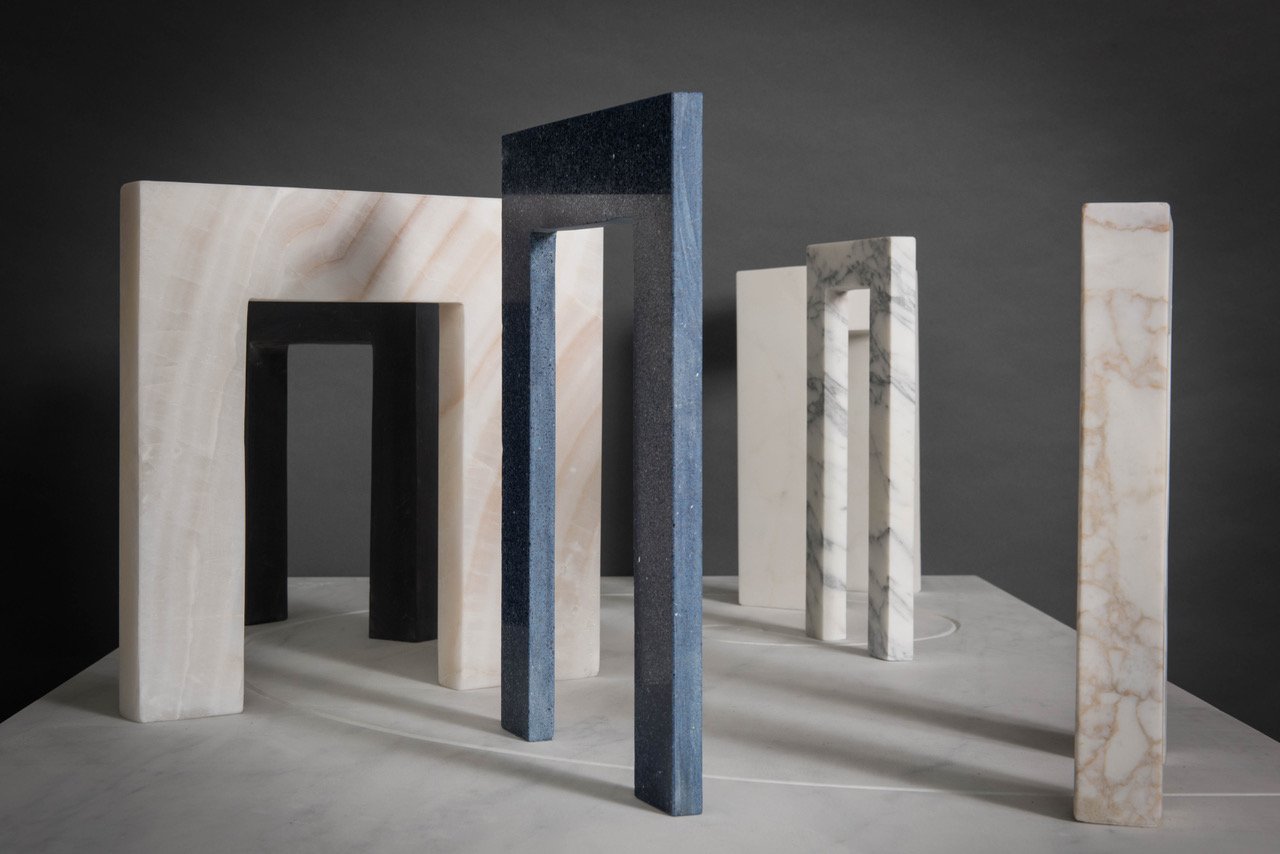
33x33x3cm, 2018, Venice
With her work Time Portals, presented at Palazzo Bembo, sculpture network member Marie Muskens draws attention to the transience of human life on earth and in the universe. "My chosen medium marble [...] needs 50 million years to form! While I was creating these portals, marble dust, which had been in captivity for centuries, was finally released into the atmosphere. [...] A moment anchored in the present, but equally touched by eternity." Her 7 portals, 1 in black, 2 in grey and all others in white, have different heights, widths and depths. They do not follow any particular order, seem arbitrarily positioned, but their shadows form a centre in the middle, whose nodes are reminiscent of a chessboard pattern. A small (human) world between black and white, left and right, here and there, in the midst of an infinite galaxy.
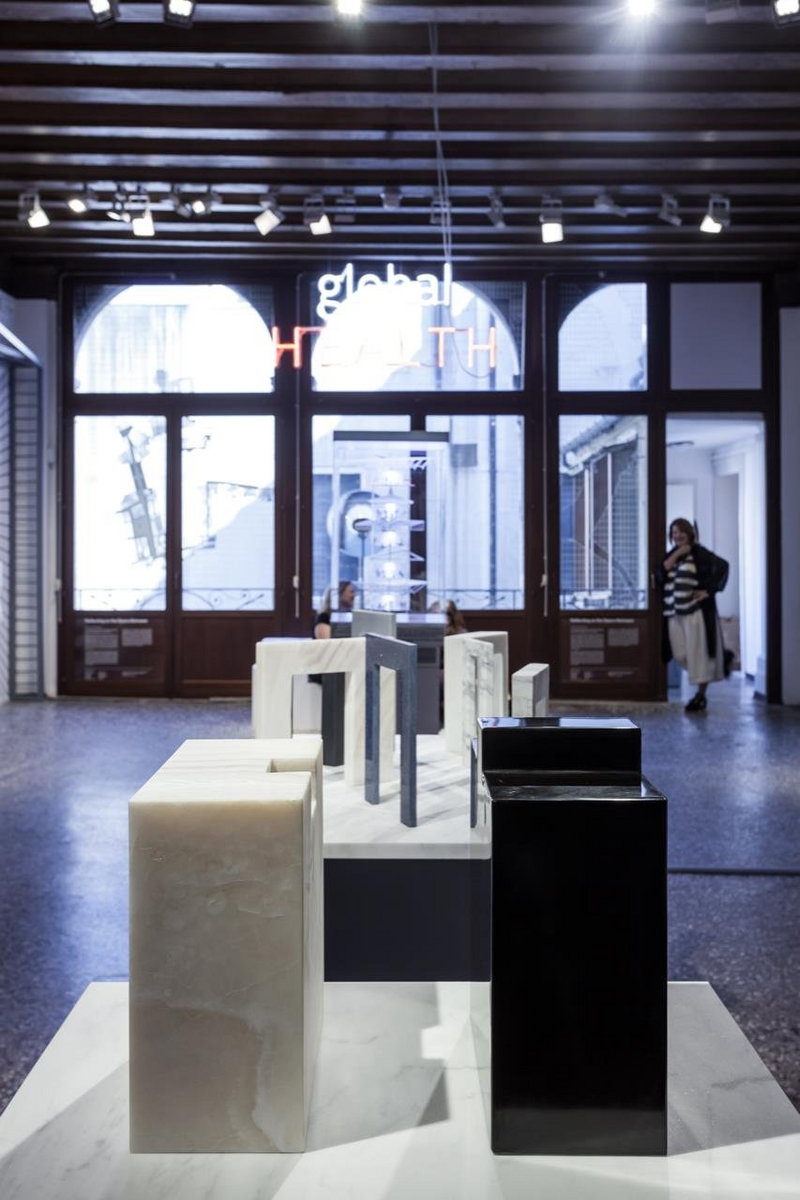
The Pillars of Mankind

A pillar of humanity, presented at Palazzo Mora, is a sculpture by the artist and sculpture network member Linda Maria Schwarz. The 4 struts, each interspersed with 10 spiral cones, are positioned between two wooden blocks. The uneven, even organic-looking surface in green-yellowish color makes the sculpture seem naturally grown. The work is dedicated to the aesthetics of the column as an architectural element over all epochs and the associated feeling of stability. Beyond that, however, it also embodies advocates of peace and freedom. "Above all, it is important that each person is perceived as an individual, without classification and categorization. Wherever people have the chance to recognize themselves and develop their full potential, there they can carry weight and support, proudly tower up into the sky like [a] [...] pillar [...]. It is never too late to work together rather than against each other."
The Southern Cross
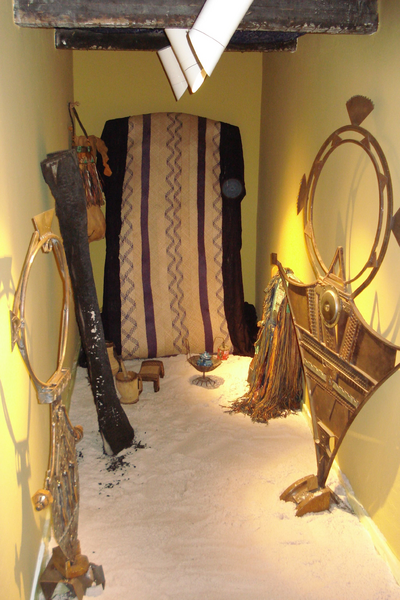
The sculptor and sculpture network member KWAKU Eugen Schütz takes us far away from Europe. His Nomad-art is the result of a long journey through Africa: "Tuaregs are nomads of the desert and artists are called nomads of society. [...] For the Tuareg, the architecture of the deserts is like a book showing them the coming weather, they read in the shapes of the dunes. During their journey through the desert they look to the stars, but also to old rock formations, dune edges and sand pictures to find the direction of the wind and to recognize the coming storm in time. The Tuareg are called sons of the wind". His steel construction Cross of the South is shown within a whole ensemble in a niche room of Palazzo Mora. Welcomed by the traditional costume of a Tuareg, specific accessories of the nomadic people can be found everywhere. Even the floor is covered with sand and the ceiling is covered with cloths. The pointed triangular shape of the Southern Cross reminds one of the traditional costume seen at the beginning, as if the "Tuareg of Steel" were raising his arms vertically. The attached round form reminds of a compass, which is strengthened again by the centrally attached "amulet" with apparent compass needle. It’s a visualization of a son of the desert, who seems to show the visitors "the safe direction".
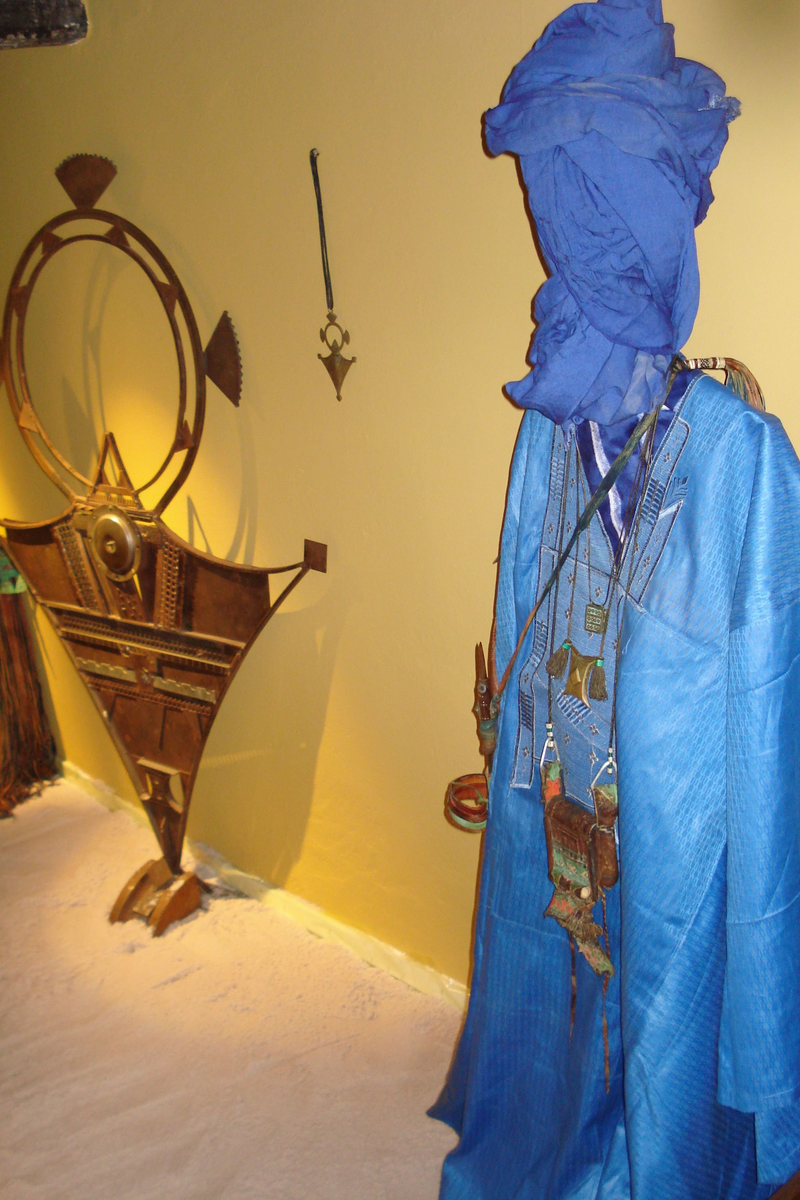
The Ascent of the Feminine
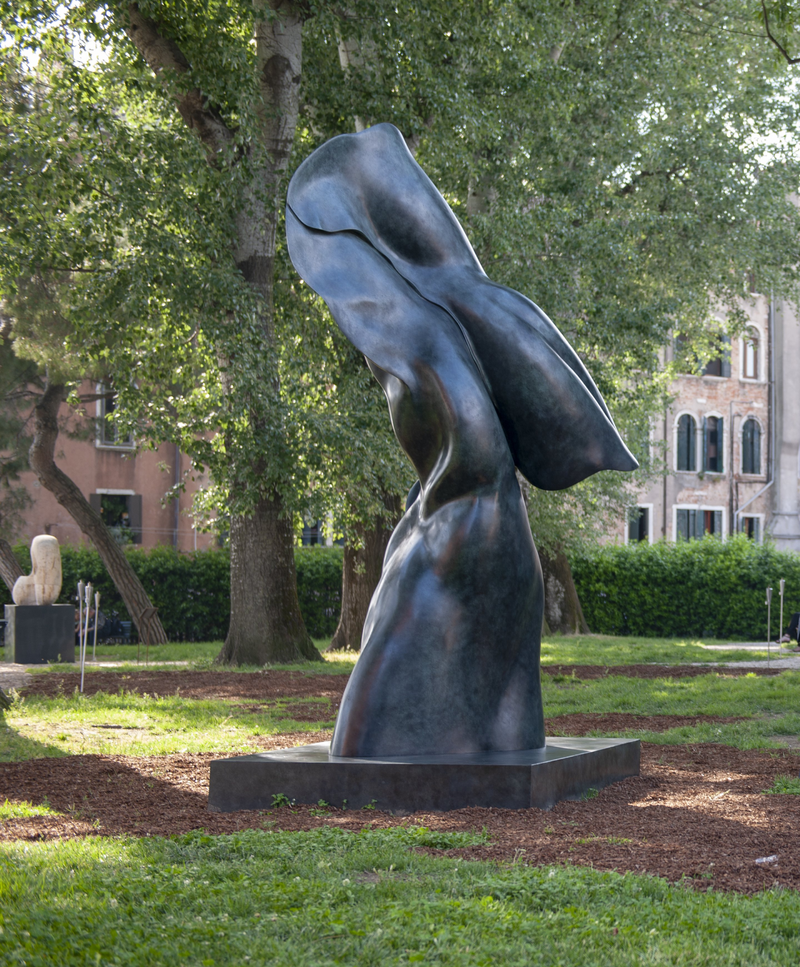
The artist and sculpture network member Helaine Blumenfeld describes her sculpture Ascent as an autobiographical work. "My sculptures are never narrative or descriptive of our physical world. They are insights into feelings, into obsession, into pleasure, into fear, into the risks I am willing to take. Without risk there is no growth. [...] Only if the viewer can overcome his prejudices can he experience the work properly." Ascent represents the union of two figures: "The female figure ascends, but her ascent would not be possible without the force of the muscular figure that anchors her to the ground. For Helaine, the production of the sculpture was the actual journey beyond physical, emotional, and cultural boundaries. Her sculpture can be seen in the Giardini Marinaressa.
TIME – SPACE - EXISTENCEMay 26th to November 25th, 2018
Palazzo Mora, Palazzo Bembo, Giardini Marinaressa
Venice
Participating universities:
North Carolina State University, ETH Zurich- Singapore University of Technology and Design (SUTD), Cincinnati, Buffalo, ENSA Strasbourg, Oklahoma, TU Delft, Syracuse, Victoria University New Zealand and Monash University Australia
Established, participating architects: Curtis Fentress, Fumihiko Maki, Odile Decq, Ideal Spaces, Richard Meier, Mark Harris, Jean-Paul Viguier, Nikken Sekkei, SOM and Kengo Kuma, monumental project by Daniel Libeskind

Author: Claudia Thiel
Claudia Thiel is an art historian and likes to pose her questions to the subject area in a journalistic style.
